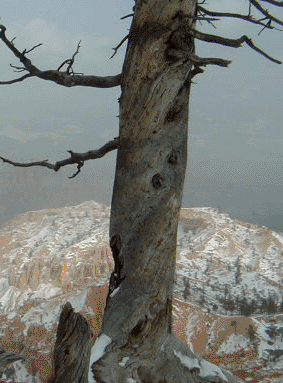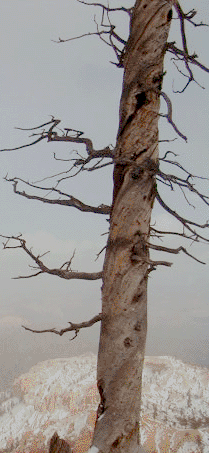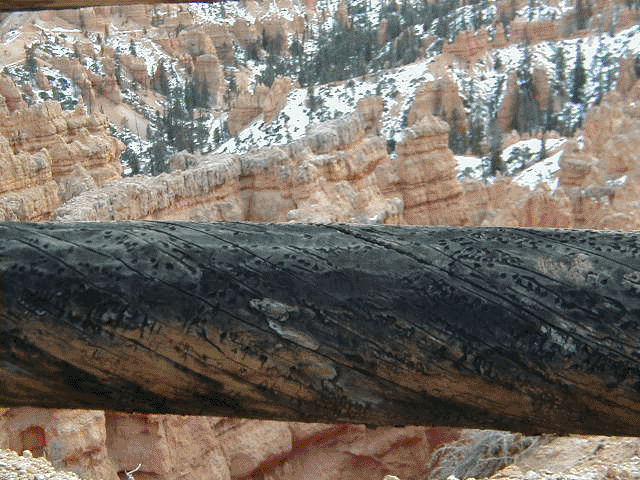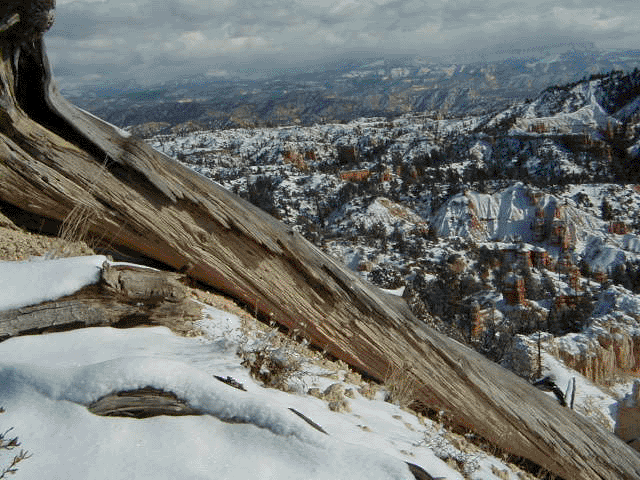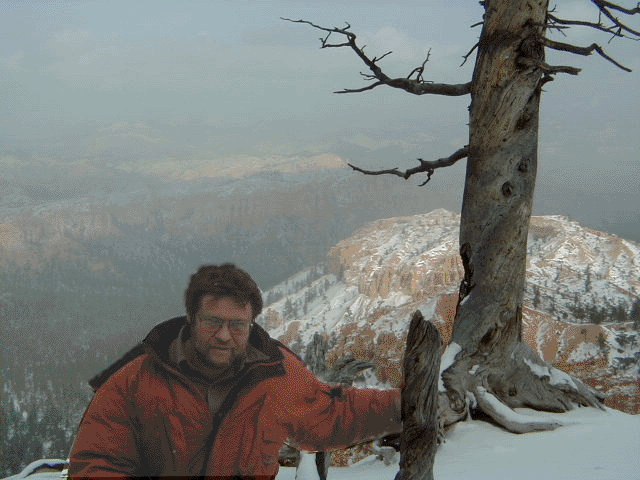The problem of the sense of optimality of a bio-structure is
an example of inverse variational problems. These problems
form a new type of variational problems.
It may be postulated that morphology of a bio-structure is optimal with
respect to some evolution goal, which simply means that it is best adapted
to the environment.
The question is: In what sense is the structure optimal?
|
Optimality of bio-materials and "inverse optimization"
It would be natural to apply optimization methods developed for engineering
constructions to biological structures. However, the two problems are mutually
inverse. In engineering optimization problems, the goal is to find a solution
(structure) that minimizes a given functional. The functional itself is
known.
In contrast, a biological structure (morphology of the trunk) is known,
but it is not clear in what sense (if any) the structure is optimal.
This problem is formulated as an "inverse optimization problem":
Find a goal functional of an optimization problem,
if a solution to that problem is known.
The success of the inverse optimization critically depends on
the choice of an object.
The choice of the object is not trivial since it should satisfy strict
requirements:
-
The structure should perform a specific mechanical function, rather than
be universal.
-
The morphology should be relatively simple.
-
The environment - loading and the temperature - should be reliably
measurable.
From this perspective, the problem of optimality of spiral wood
fibers is clearly stated. The control is the helicoidal angle of the spirals.
The wind's strength and other weather conditions are well documented; thus
the load is determined. The mathematical model of an anisotropic one-dimensional
bar with helicoidal symmetry can be derived in a standard fashion. Several
criteria of the failure and cracking for the wood and their combinations
can be examined.
This project is very ambitious indeed: to find mathematical criteria
of development and adaptation of living organisms.

